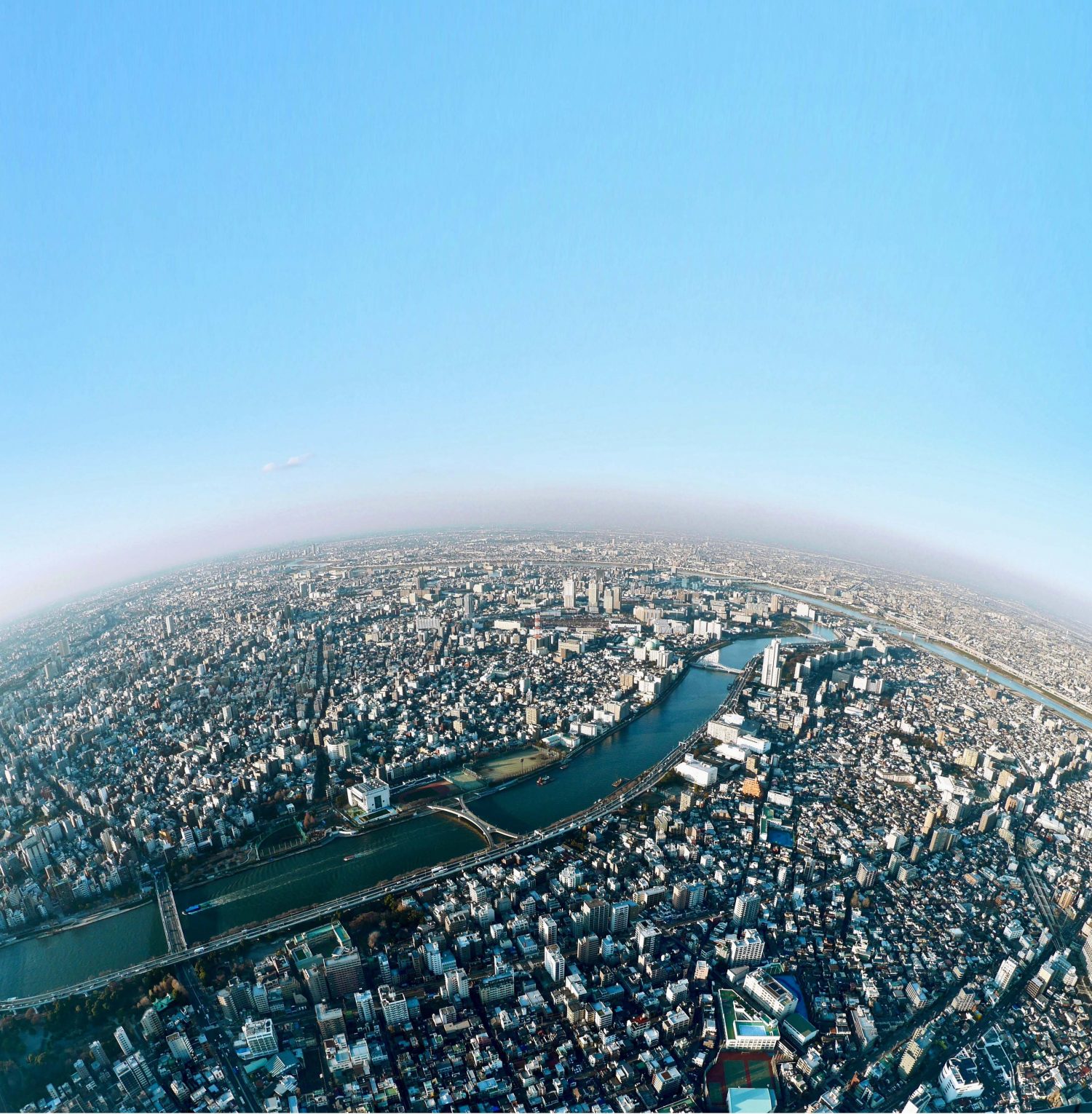Traditional mechanical recycling faces several challenges; most notably, certain types of plastics that are hard to recycle using current processes. Globally, the OECD estimates that only about 9% of all plastics produced are currently recycled. While the first step needs to be investment in municipal collecting and sorting, we see a huge opportunity that advanced recycling can help address.
We’re working on solutions that can break down hard-to-recycle plastics to form brand-new building blocks that can create a certified circular life cycle for both commercial and consumer plastics.
Why are some plastics hard to recycle? Traditional mechanical recycling has difficulty removing oils, grease or food waste, so many food and oil-based product containers have to be discarded, usually to a landfill. Another factor is the packaging itself. When packaging has multiple layers of different types of plastics and other materials, it can’t go through the traditional mechanical recycling process.
For example, a chip bag may have a plastic outer layer and an aluminum inner layer. This combination of materials can’t be effectively separated by traditional machines. Advanced recycling solves these issues by breaking down materials to their molecular level. These “refreshed” molecules then become the raw materials used to make brand-new plastics and other valuable products. It truly gives a new life to plastic waste.
Advanced recycling can help society recycle a greater share of the products we use every day. It’s a solution that can improve recycling rates for plastic waste and support a more circular economy while also providing the opportunity for lower relative emissions. And it can be scaled and replicated across the globe to increase the amount of plastic material that can be made into new products.
Here’s how it works.









